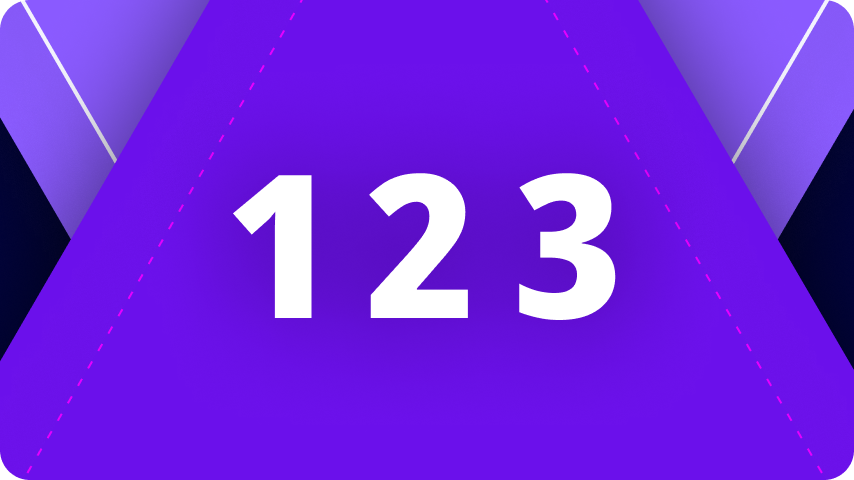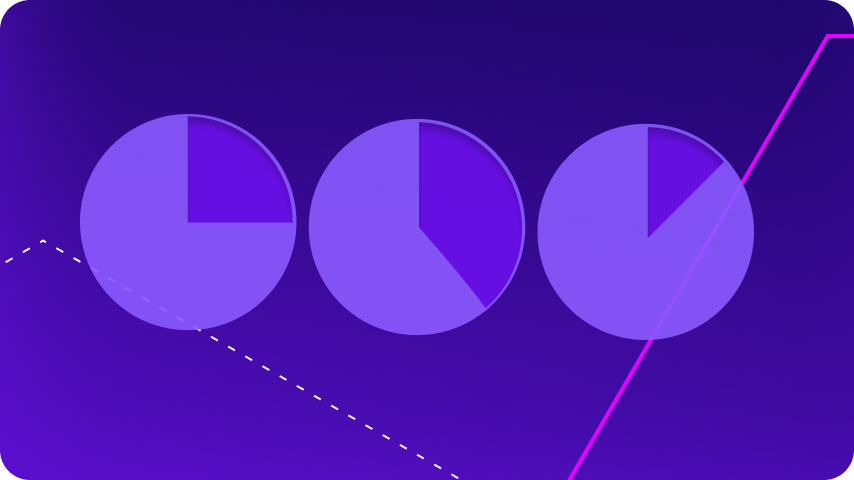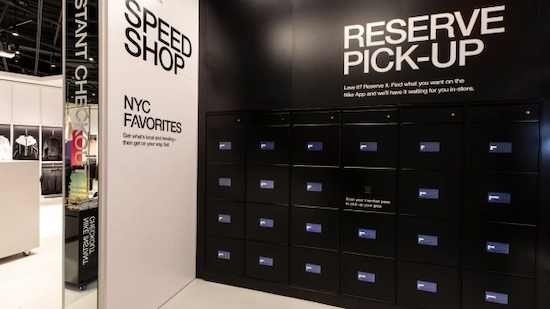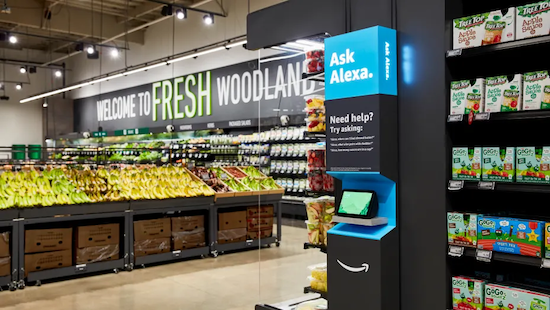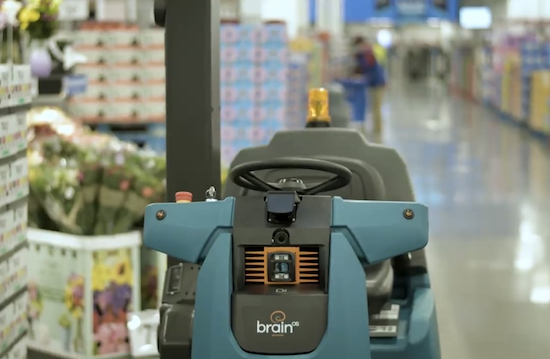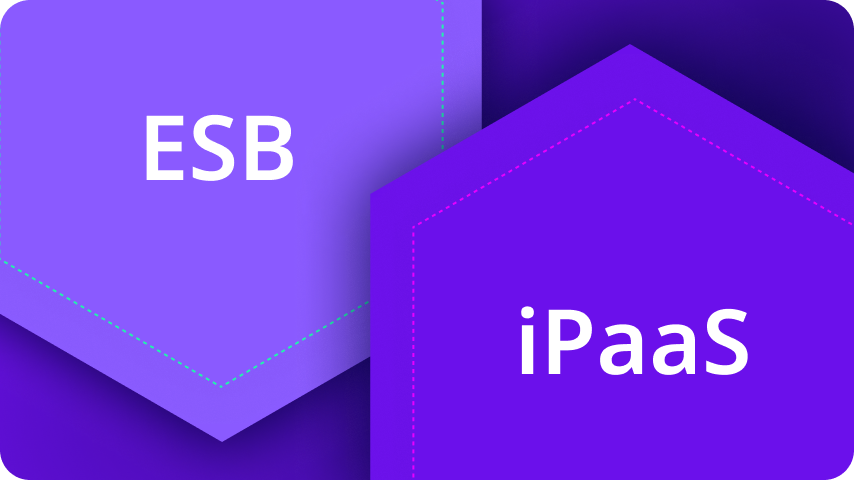
Are you a retailer struggling to find the best solution for your IT integration? You need something that is agile enough to scale during peak periods and retract during slower cycles–a workable system that will integrate legacy on-premises architecture with cloud-based applications.
Most importantly, you need IT infrastructure that delivers the best omni-channel customer experience (CX) while managing massive levels of big data across multiple locations. That’s a tall order. No wonder it’s keeping you up at night. Your decision will have lasting effects on your company. The wrong move could hit the bottom line hard.
It’s time to ease the pressure. These days, IT integration solutions are flexible enough to make it easy on you and your entire IT team. Enterprise integration platform-as-a-service (iPaaS) solutions allow retailers to integrate all types of IT infrastructure, whether on-premises solutions, cloud-based applications, or hybrid systems.
The past shortcomings of legacy point-to-point (P2P) solutions and on-premises enterprise service bus (ESB) integration models don’t have to limit your IT architecture anymore.
>> Book a personalized demo with our team of experts and see how Digibee’s iPaaS will bring efficiency to your business.
IT Integration Shortcomings of the Past
You may be working with legacy P2P solutions that only connect two applications directly, so you’re dealing with so-called ‘spaghetti code’ with complex intertwined systems that don’t have a central way to communicate with each other.
Maybe you have a more recent system, if by recent you mean the 1990s, when ESBs came onto the scene as the newest integration tool. Sure, ESBs offer more functionality than P2P models, because the bus-like hub structure of an ESB enables connections with multiple applications. However, technology has come a long way since the ‘90s. ESBs were originally developed before cloud-based applications existed and are usually limited to on-premises architecture since they don’t work well with cloud-centric or hybrid systems.
ESBs are also expensive and take a lot of time to establish because IT experts often need specialized training or certification to develop and maintain ESB integration systems.
Lastly, the limited capabilities of P2P and ESB methods reduce a retailer’s access to and use of big data, or ad-hoc queries based on that data, which are critical to retailers who want to provide a high-level omni-channel customer experience (CX).
Propel Your Retail or Ecommerce Business into the Future with Enterprise iPaaS
An enterprise integration platform-as-a-service (iPaaS) is more agile than traditional P2P or ESB integration models. An iPaaS solution has the capability to connect on-premises, cloud-based, and hybrid application systems, providing much more flexibility, functionality, and scalability than a P2P or ESB model.
An iPaaS solution is also intuitive, so rather than needing high-level IT experts writing professional code (pro-code) for P2P or ESB models; all levels of IT staff can manage a low-code iPaaS platform with very little training required. You can make a direct comparison of pro-code versus low-code models to discover the best solution for your integration strategy.
A subscription-based iPaaS model is less expensive, more flexible, and much more scalable than legacy P2P or ESB methods. Plus, implementation is significantly faster with a cloud-centric iPaaS versus other integration methods, helping retailers gain faster time to value with IT integrations.
Discover Digibee’s Enterprise iPaaS in Action
Digibee provides a fast and streamlined IT integration experience. Digibee’s easy-to-use enterprise iPaaS is a cloud-native, enterprise-ready integration platform that accelerates time-to-value, mitigates risks, and helps reduce IT costs. Discover how the efficiency and agility of Digibee’s iPaaS delivered immediate results for international retailers.
Digibee effectively integrated more than 14 legacy systems for the largest manufacturer of baked goods in Brazil. Bauducco Foods has five manufacturing units, 12 branches, and seven distribution centers. Its retail division, Casa Bauducco, has more than 80 stores, with more than 180,000 points of sale in Brazil.
Digibee’s iPaaS integration implementation instantly connected and streamlined Bauducco’s existing cloud-based and legacy systems, eliminated manual inputs and data errors, managed and reduced risks, and provided greater stability throughout the IT environment. Digibee did all of this with zero downtime and a 30% reduction in project time and cost.
Digibee also integrated a secure iPaaS e-commerce platform for global shoe retailer Payless Shoes across more than 200 stores in 15 countries. The implementation took less than 30 days, despite each country having different fiscal and legal requirements. The iPaaS system easily handles seasonal spikes for the busy retailer, and provides better efficiency, transparency and security across the retail enterprise.
What Digibee Can Do For Your Enterprise Retail or Ecommerce Business
Digibee’s subscription-based iPaaS will connect all of your legacy P2P and ESB systems as well as any cloud-based applications. It also streamlines your operation, supporting an omni-channel CX, unlocking big data capabilities, easing pressure on your IT team, reducing integration costs, and improving your return on investment (ROI). What are you waiting for?
Discover the Digibee difference. Learn how to integrate and modernize your enterprise with Digibee’s integration platform-as-a-service (iPaaS). Book your choice of a discovery call (15 minutes), custom demo (30 minutes), or a deep dive (60 minutes) to learn more.










